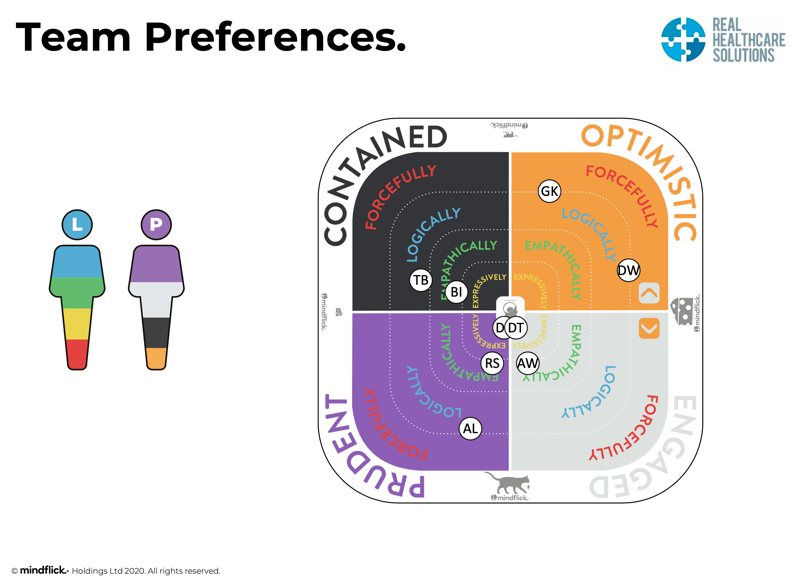As more and more people return to work, we are beginning to get some insight into the challenges people will now be facing.
More obvious are the physical changes required by the return to work and reconfigured team dynamics driven by increased remote working.
If you were to scratch the surface though, the less visible changes are visible in people: Uncertainty and unhappiness with new and different ways of working; fear of job losses in a constrained economic environment; even ‘survivor guilt’ among some who may have kept their jobs when many of their colleagues have lost theirs.
Resilience has been tested and is going to continue to play an important role going forward.
The great thing about resilience is that it’s a learnable skill: It’s all about knowing oneself and developing a broader range of potential solutions to the situation being faced. The resources we shared in previous newsletters on the COPE and FLEX frameworks we hope have been helpful in this regard.
With many team processes having had to have been rethought it may be a good moment to think about team dynamics.
Much like individuals, teams have their own characteristic Mindsets and Behavioural Styles, which are a function of the preferred styles of the individuals in the team.
Changes among the individuals have an impact on the team, and vice versa. Much like individuals, teams also have ‘blind spots’, which is where The Empty Chair comes in.
What is the empty chair?
If you’ve never heard the term before it comes from the tech giant Amazon, who is reputed to have an empty chair at the table at every team meeting, representing the Customer perspective.
It’s a very simple but powerful reminder to teams not to forget to ask: “What might the customer think of this?” in their deliberations. In the clinical setting, the Empty Chair should be seen as filled by the patient.
The Mindflick equivalent is to use the ‘least preference’ Mindset and Behavioural Style of the team to intentionally ask questions that the team are less likely to think about in their interactions.
For example, a team that has the least preference for Optimistic may not spend sufficient time considering what the best outcomes of a course of action may be and decide, on balance, not to take an opportunity.
Or a team with the least preference for Engaged may be overly focussed on what they know for sure, and be too slow to respond to shifts in their environment.
By shining a light on ‘least’ preferences – and deliberately asking questions from those perspectives – teams build resilience and are better equipped to deal with a wider range of situations.
Click the image below to download the PDF.

What’s interesting from this particular combination is that there is only one team member that leads with a Logical behavioural style, but the fact that it features as a ‘second preference’ among many others in the team means that it may be a ‘comfort zone’ the team coalesces around in its behaviours.
What is the ‘shape’ of your team?
What questions might you be forgetting to ask?
So, what to do next? How about starting by hitting reply and let me know what you think… I’m all ears to hear about your team challenges. I look forward to hearing from you.

